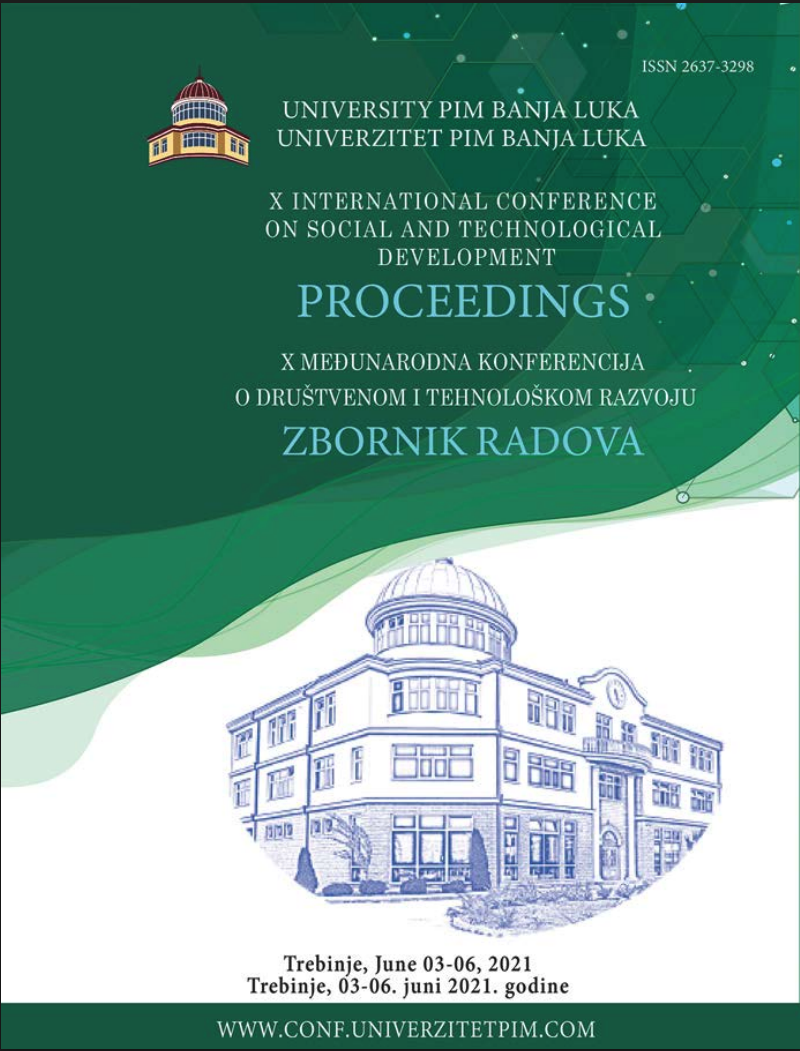
This is an open access article distributed under the Creative Commons Attribution License which permits unrestricted use, distribution, and reproduction in any medium, provided the original work is properly cited.
Faculty of Architecture, Civil Engineering and Geodesy, University of Banja Luka , Banja Luka , Bosnia and Herzegovina
Faculty of Architecture, Civil Engineering and Geodesy, University of Banja Luka , Banja Luka , Bosnia and Herzegovina
The paper deals with the research of the theoretical setting of the phenomenon of public urban spaces through the presentation of the analysis of research that describes the structure of public urban spaces in terms of the processes that take a place within them. It analyzes public life and the user's relationship with the city life, i.e., relationship toward open public urban spaces. It deals with methodological principles in the process of designing open public urban spaces through research on the relationship between users and urban space. The text relies on the theory of structuration by Anthony Giddens and on the work of Henri Lefebvre on the relationship and role of people towards their own built environment. The aim of this paper is to point out the importance of the role of users in the design of open public urban spaces and to propose guidelines for such design. The method of content analysis is used to explain the principles of design of public urban spaces and to show the importance of the role of users in the design of their own environment. The work results in guidelines for the design of public spaces in the city that directly involve a user in the process of designing the space in which it resides.
The statements, opinions and data contained in the journal are solely those of the individual authors and contributors and not of the publisher and the editor(s). We stay neutral with regard to jurisdictional claims in published maps and institutional affiliations.